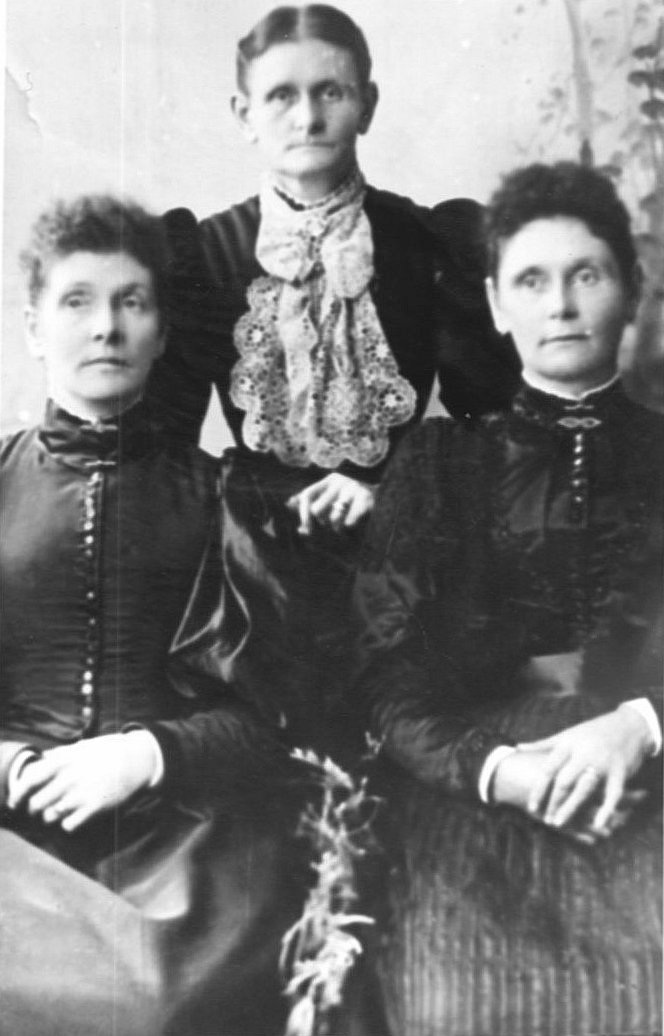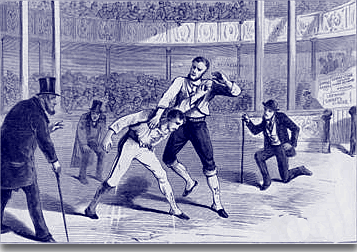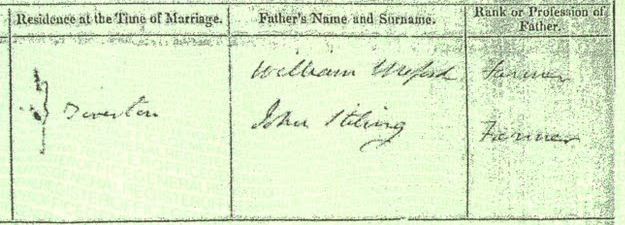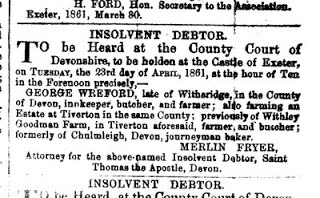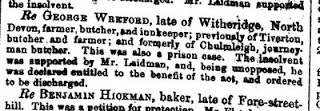After receiving an email asking whether Drusilla WREFORD (the 14 year old innkeeper originally mentioned in my post Pub Crawl) met her husband, Thomas WILLS on the voyage to NZ, I delved further into this family. It was a good question and one I hadn’t really thought of since she was not my direct ancestor and I have so much to research on my genealogical plate. However, my curiosity was piqued and I donned my detective cap to find out more.
After some apparent hard times, George & Harriet WREFORD, who had apparently run the Hare & Hounds Inn run the Commercial Inn in Witheridge, Devonshire (c1861), emigrated with their 8 surviving children to New Zealand aboard the Bombay on the 26 Nov 1864. Sadly, their youngest daughter, Mary Ann died on the voyage, aged 2.
My first step was to consult the 1864-5 passenger list for the Bombay voyage these WREFORDS took and funnily enough there was a Thomas WILLS on board aged 23. Drusilla was 17 at the time so quite possible they could meet and take a fancy to one another. Or perhaps they were already betrothed before leaving England? I diverted course to search for Thomas on the UK censuses but without having any more information about him abandoned that search and turned instead to the fabulous NZ Papers Past website.



The death occurred on June 13 at Onehunga of Mrs. Drucilla Wills, aged 89 years. She was a daughter of the late Mr. and Mrs. George Wreford, and came to New Zealand with them when a child in the ship Bombay. Her late husband, Mr. Thos. Wills, was a passenger on the same vessel. They were married at St. Peter’s Anglican Church, Onehunga, by the late Rev. Dr. Purchas, and settled at Awhitu, where Mr. Wills engaged in the gum trade for many years. When he retired from business Mr. and Mrs. Wills went to reside at Onehunga. Mrs. Wills is survived by two children. Mr James Wills and Mrs. D. Evans, and 15 grandchildren, and 20 great-grandchildren.

